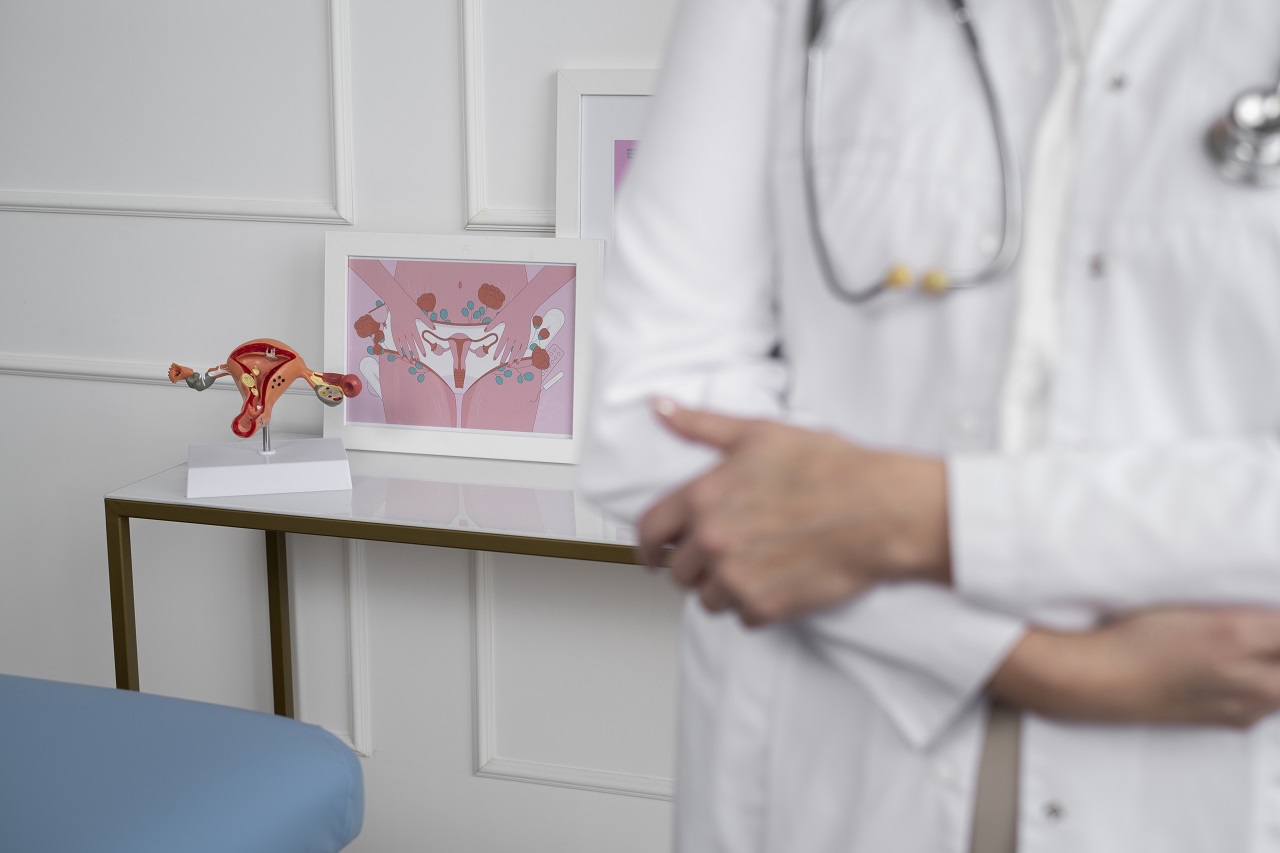
Earlier this year, GOQii conducted a focused group study among 3000 women to understand which health issues they are facing. The Women’s Health Matters survey highlighted some key issues such as menstrual problems, PCOS, hypothyroidism, UTI, Fibroid and issues with infertility which continue to persist despite the increased focus on women’s health. Apart from these issues, we also found a looming threat to women’s health in the form of endometriosis.
We found that approximately 6% of women suffer from endometriosis. As compared to the other issues, this percentage might seem small but endometriosis is a growing issue among many women. Endometriosis affects 1 in 10 women of reproductive age in India and is increasing in prevalence.
What Is Endometriosis?
Endometriosis is a painful and debilitating disease that affects many women. It is a condition in which the endometrium, the tissue that lines the uterus, grows outside the uterus and onto the ovaries, fallopian tubes, peritoneum, and other organs in the abdominal cavity.
This can cause severe pain during menstruation, severe pelvic pain, and infertility. The cause of endometriosis is still unknown, and the exact biological mechanisms are yet to be determined. However, research has suggested that genetic, hormonal, and environmental factors may contribute to the development of the disease.
Hormones such as estrogen and progesterone have been identified as potential culprits, as they have been found to stimulate the growth of endometrial tissue outside the uterus. Additionally, genetics may play a role, as endometriosis appears to be passed down through families.
Environmental factors may also contribute to the development of endometriosis. Exposure to certain chemicals, such as dioxins, can increase the risk of developing the condition. Additionally, prolonged use of hormonal contraceptives and intrauterine devices has been linked to the condition.
As per the survey, 57.1% of the women surveyed have been suffering from endometriosis for anywhere between 1-5 years.

Symptoms Include:
- Painful periods
- Pelvic pain
- Cramping
- Abnormal or heavy bleeding
- Pain during or after sex
- Difficulty getting pregnant
- Fatigue.
Other symptoms may include bloating, constipation, diarrhoea, nausea, and painful bowel movements. Endometriosis can also cause emotional distress and depression. Some women may experience pain in their lower back, thighs or rectum. The long term health issues involving pain, fatigue and depression can lead to a reduction in quality of life, as well as decreased productivity.
How Can You Manage Endometriosis?
Managing Endometriosis can be a challenging affair but it is not impossible! Here are several tips and strategies to keep in mind:
- Consult with a healthcare professional: It is crucial to work closely with a healthcare professional experienced in endometriosis. They can provide a proper diagnosis, suggest treatment options, and offer ongoing support.
- Educate yourself: Learn as much as you can about endometriosis. Understanding the condition, its symptoms, and available treatment options will empower you to make informed decisions about your health.
- Pain management: Pain is a common symptom of endometriosis. Explore pain management strategies such as over-the-counter pain relievers, heating pads, hot baths, relaxation techniques, and gentle exercise. You might need prescription medications in case of severe pain.
- Manage stress: Stress can exacerbate symptoms, so it’s important to find effective stress management techniques. Engage in activities that help you relax, such as meditation, yoga, deep breathing exercises, or engaging in hobbies you enjoy.
- Diet and nutrition: Some individuals find that certain foods worsen their symptoms. Consider keeping a food diary to identify potential triggers, such as caffeine, alcohol, processed foods, or high-fat meals. Eating a balanced diet consisting of fruits, vegetables, whole grains, and lean proteins can be beneficial.
- Exercise: Regular physical activity can help improve overall health and reduce symptoms. Aim for moderate exercise such as walking, swimming, or cycling. Consult with your healthcare provider to determine the best exercise plan for your specific situation.
- Support network: Seek support from friends, family, or support groups. Sharing your experiences and concerns with others who understand can be comforting and provide valuable insights and coping strategies.
- Self-care: Prioritize self-care activities which help you relax and promote wellbeing. This can include getting enough sleep, engaging in activities you enjoy, setting boundaries, and practicing self-compassion.
Last but not the least, awareness of the condition is needed so that women can seek help early and receive the treatment they need to ensure that they are able to manage their symptoms and live full and healthy lives.
If this article helped you, let us know in the comments below. Know someone suffering from this condition? Share this article with them. Find more articles on women’s health here. To help you manage women’s health issues, get expert advice from our coaches by subscribing to GOQii’s Personalised Health Coaching here.
#BeTheForce




Leave a Reply